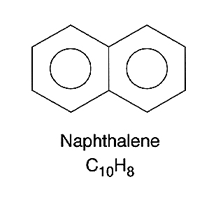This is a drawing of the structure of the molecule naphthalene, a PAH.
Click on image for full size
JPL/NASA
PAH
PAH is the short name for "Polycyclic aromatic hydrocarbons". Thank goodness this molecule has a short name! These are long strings of carbon atoms which form a ring. (That accounts for the "cyclic" and "hydrocarbon" part of its name). An aromatic molecule is one which forms a benzene ring. Polycyclic means the molecule forms many rings. The only PAH which non-scientists may be familiar with is napthalene, the chemical in mothballs.
PAH's form easily.
PAH is very abundant in the solar system as well as in space. The red color in many interstellar clouds, such as this one comes from radiation in red wavelengths of PAH chemicals in the clouds. PAH is found in comets and in meteorites, even ones which come from Mars. This was especially important when scientists thought there might be fossils of ancient life in a Martian rock. Trees and other sophisticated plant life emit PAH as part of their photosynthesis/respiratory cycle. But the chief source of terrestrial PAH today is automobile emissions. PAH is also relatively abundant in burnt meat and are suspected to be hightly carcinogenic.
You might also be interested in:
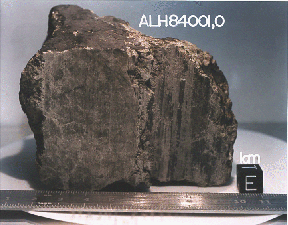
In July, 1996 a team of scientists said that they had discovered possible fossils of bacteria in a meteorite named ALH84001 that came from Mars. It was found in Antarctica in 1984 after having landed there
...more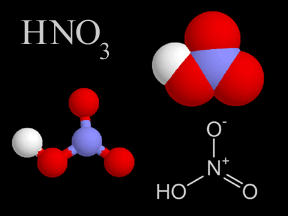
Nitric acid is a very strong kind of acid. If you got some on your skin, it would burn you! Nitric acid has nitrogen, oxygen, and hydrogen atoms in it. Earth's atmosphere has a very, very tiny bit of nitric
...more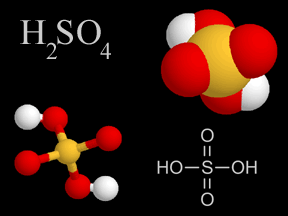
Sulfuric acid is a very common type of acid. Acid rain has sulfuric acid in it. Acid rain harms plants, fish, and other living things. A type of air pollution causes acid rain. When people burn fossil
...more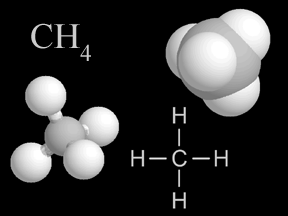
Methane is a kind of gas. There is a small amount of methane in the air you breathe. A methane molecule has carbon and hydrogen atoms in it. Methane is a greenhouse gas. That means it helps make Earth
...more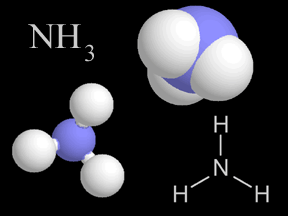
Ammonia is a kind of gas. Ammonia molecules (NH3) have hydrogen and nitrogen atoms in them. The air you breathe has a tiny bit of ammonia in it. When plants and animals die and decay, they give off ammonia.
...more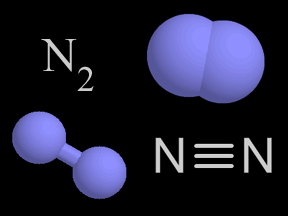
There is more nitrogen gas in the air than any other kind of gas. About four out of five of the molecules in Earth's atmosphere is nitrogen gas! A molecule of nitrogen gas is made up of two nitrogen atoms.
...more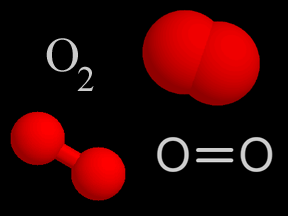
Oxygen (O2) is a kind of gas. A lot of the air you breathe is oxygen. That's a good thing, since we need oxygen to stay alive! About 4/5ths of the air in Earth's atmosphere is nitrogen (N2). Almost all
...more


